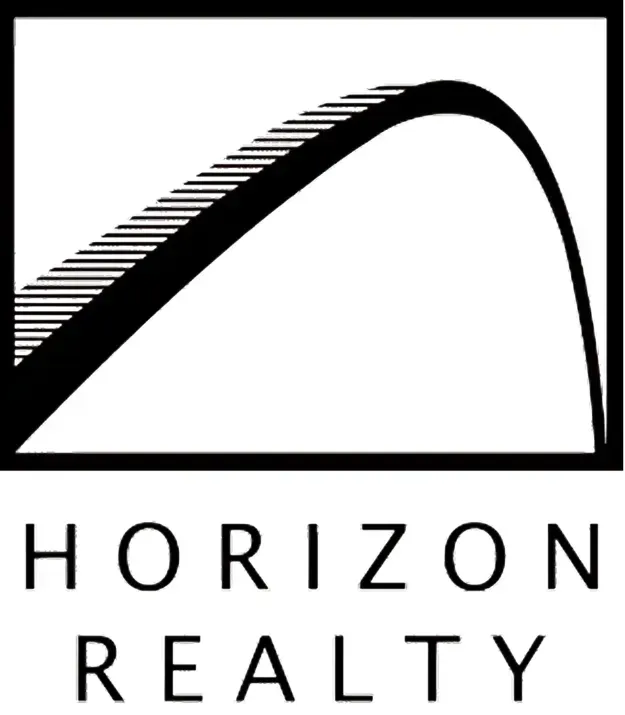
Red Flags in HOA Documents (And How to Spot Them)
🚩 Red Flags in HOA Documents (And How to Spot Them)
What Every Buyer Should Know Before Joining a Homeowners Association
When buying a home in a community governed by a homeowners association (HOA), it’s essential to read the HOA documents carefully. While HOAs can provide valuable services and help maintain property values, they can also come with restrictions, fees, and regulations that may not align with your lifestyle.
Before signing on the dotted line, here’s what to look for—and what could be a red flag.
📄 What Are HOA Documents?
HOA documents outline the rules, responsibilities, and financial health of the homeowners association. These typically include:
CC&Rs (Covenants, Conditions & Restrictions)
Bylaws
Operating Budget and Reserve Fund Info
Meeting Minutes
Rules and Regulations
Current or Pending Litigation Notices
Reviewing these documents gives you a clear picture of how the HOA is run—and what you’re agreeing to as a homeowner in the community.
🚩 Red Flag #1: Weak Financials
If the HOA has low cash reserves or is running at a deficit, it could signal future special assessments or increased fees to cover shortfalls.
What to look for:
Reserve fund balances
Monthly income vs. expenses
Frequency of special assessments
💡 Tip: A well-managed HOA should have reserves covering 70% or more of anticipated capital repairs.
🚩 Red Flag #2: High or Rapidly Increasing Dues
HOA fees vary widely—but unusually high or frequently rising dues can be a red flag, especially if not matched by improved amenities or services.
Ask yourself:
Are increases tied to inflation or unexpected expenses?
Do the amenities justify the cost?
📊 Review historical budgets to spot trends.
🚩 Red Flag #3: Excessive Rules or Restrictions
All HOAs have rules, but some are more restrictive than others. Look for any that might limit your lifestyle or future plans.
Watch out for:
Restrictions on rentals or short-term leasing
Paint colors, landscaping, or holiday decoration limits
Pet size or breed restrictions
Parking limitations
🛑 If it feels overly controlling now, it likely won’t get better later.
🚩 Red Flag #4: Ongoing or Frequent Lawsuits
If the HOA is involved in multiple or ongoing lawsuits, it may be a sign of mismanagement—or serious disputes between homeowners and the board.
What to check:
Are lawsuits involving the developer or residents?
What are the outcomes or potential financial impacts?
⚖️ Legal issues can lead to rising costs or decreased property values.
🚩 Red Flag #5: Poor Communication or Transparency
If board meeting minutes are vague, financials are hard to obtain, or decisions seem to be made behind closed doors, that's a sign of poor governance.
Healthy HOAs should:
Share meeting minutes regularly
Be transparent about budgeting and planning
Have open communication with homeowners
📬 You want an HOA that works with you, not against you.
✅ Final Thoughts
HOA documents may not be the most exciting part of homebuying—but they’re absolutely crucial. A careful review can protect you from unexpected fees, lifestyle restrictions, or community conflict.
Not sure what to look for? I can help you review and understand HOA documents before you commit. Let’s make sure your next home is the right fit—inside and out. 🏡


